Savukku Maram or the Casuarina tree, also known as sheoak, is an iconic and distinct species native to Australia, Southeast Asia, and some Pacific islands. Despite its name, it is not a true member of the pine family but belongs to the Casuarinaceae family, comprising about 17 species. Renowned for its unique appearance and numerous ecological benefits, the Casuarina is a staple in coastal landscapes and arid regions worldwide.
Physically, the Casuarina is a remarkable sight. Its slender, needle-like foliage, reminiscent of pine needles, gives it a soft, feathery appearance. The foliage typically ranges from bright green to bluish-green, providing a striking contrast against its bark, which is often gray or reddish-brown and deeply furrowed. The tree’s branches hang in a pendulous manner, swaying gracefully in the wind, earning it the colloquial name “Australian pine” due to its resemblance to traditional pine trees.
Beyond its aesthetic appeal, the Casuarina plays a vital role in various ecosystems. It is well-adapted to thrive in harsh conditions, particularly coastal areas with sandy soils and high salinity levels. Its extensive root system helps stabilize coastal dunes, preventing erosion and protecting against storm surges. Moreover, the tree’s ability to fix nitrogen from the air enhances soil fertility, making it valuable for reforestation efforts and agroforestry practices.
In addition to its ecological significance, the Casuarina has practical uses as well. Its wood, though not widely used in commercial applications due to its softness, is favored for making furniture, fence posts, and paper pulp. The tree’s rapid growth rate also makes it a popular choice for windbreaks, shade, and ornamental purposes in landscaping projects.
Culturally, the Casuarina holds significance for Indigenous Australian communities, who have historically utilized various parts of the tree for medicinal, ceremonial, and practical purposes. Its presence in traditional stories and artworks underscores its enduring importance in Aboriginal culture.
In essence, the Casuarina tree is not only a striking symbol of resilience and adaptability but also a cornerstone of coastal ecosystems, providing a multitude of benefits to both humans and the environment alike.
Ideal Conditions
Casuarina, also known as Australian pine or sheoak, is a genus of trees native to Australia, Southeast Asia, and some Pacific islands. They are typically found in coastal areas and are known for their ability to tolerate poor soil conditions and strong winds. Here are some ideal conditions for growing Casuarina plants:
- Climate: Casuarinas thrive in warm climates with plenty of sunlight. They are tolerant of both humid and arid conditions but prefer areas with consistent rainfall or access to irrigation.
- Soil: Casuarinas can grow in a variety of soil types, including sandy, loamy, and clay soils. However, they prefer well-drained soils with good aeration. They are tolerant of poor soils, including those with low fertility and high salinity.
- pH: They prefer slightly acidic to neutral soil pH levels, ranging from 5.5 to 7.5.
- Sunlight: Casuarinas require full sun to thrive. Ensure they receive at least 6-8 hours of direct sunlight daily.
- Spacing: When planting Casuarina trees, provide adequate spacing between them to allow for their eventual growth. Consult specific spacing recommendations for the particular species you’re planting, as they can vary.
- Pruning: Minimal pruning is typically required for Casuarina trees. Remove any dead, damaged, or diseased branches as needed to maintain a healthy structure.
- Mulching: Applying a layer of organic mulch around the base of the tree can help conserve moisture, suppress weeds, and improve soil structure. However, avoid piling mulch against the trunk to prevent rot.
- Wind protection: While Casuarinas are known for their ability to withstand strong winds, providing some protection from intense coastal winds during the early stages of growth can help prevent damage to young trees.
Watering Periods
While Casuarinas are drought-tolerant once established, they benefit from regular watering during the establishment phase. Once mature, they can withstand periods of drought but will grow more vigorously with regular watering.
Fertilization
Casuarinas are not heavy feeders, but they may benefit from occasional fertilization with a balanced fertilizer, especially in poor soils. Apply fertilizer sparingly to avoid excessive growth.
Only logged in customers who have purchased this product may leave a review.



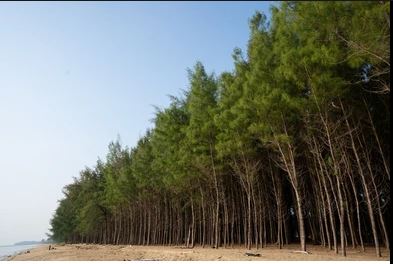
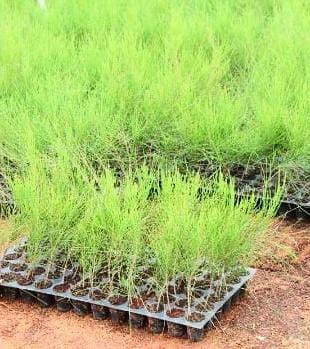
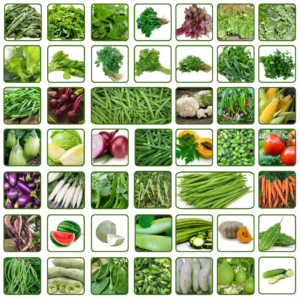
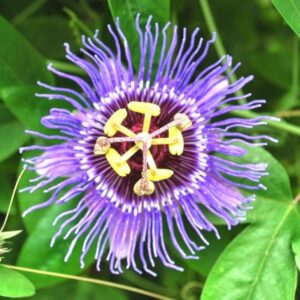
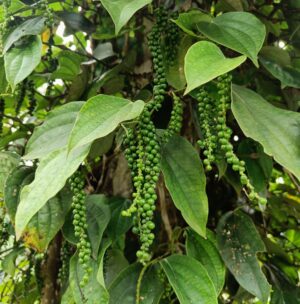

Reviews
There are no reviews yet.